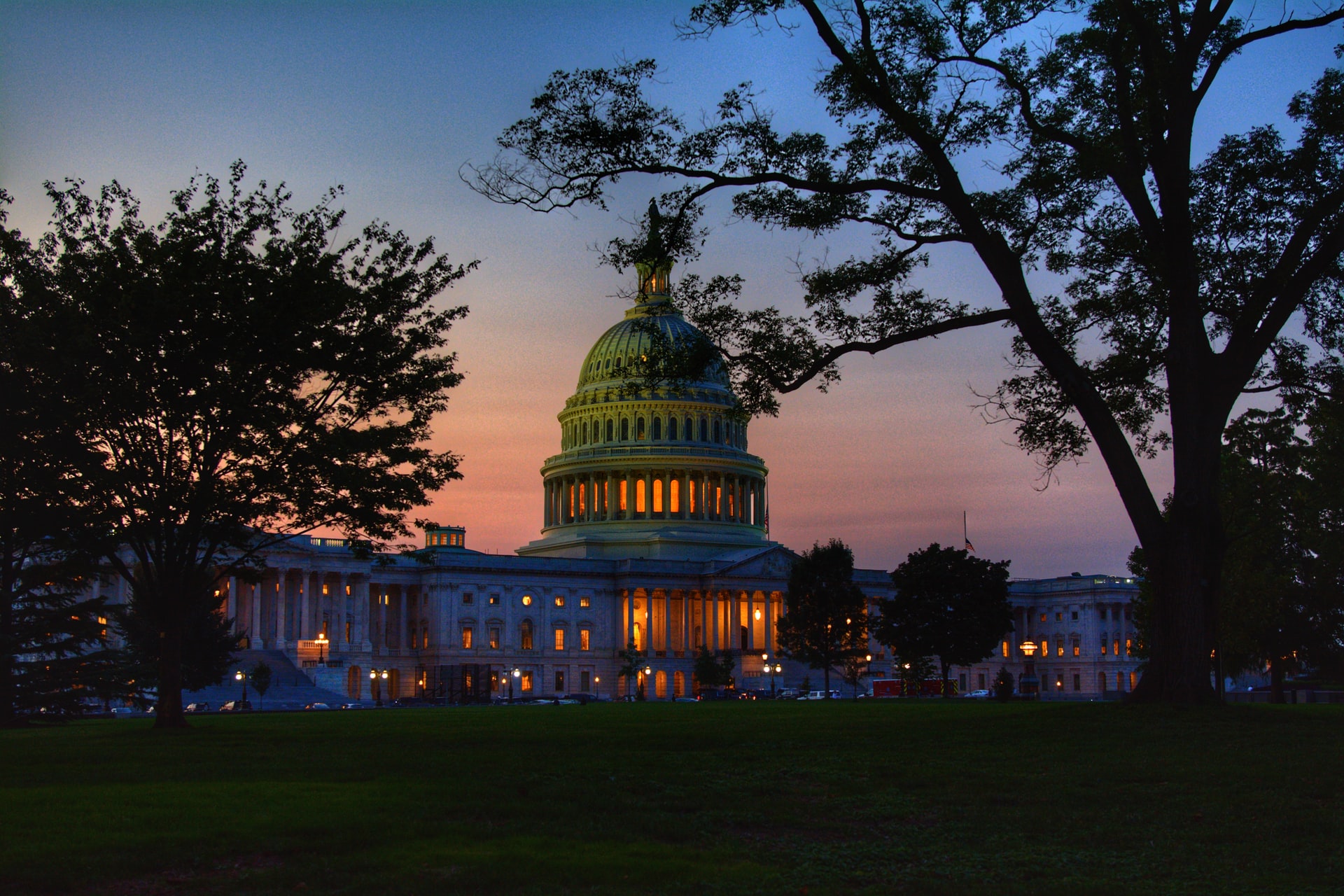Climate Change Forces Asian Businesses to Innovate
Across Asia, the once-distant threat of climate change is now a pressing reality, impacting businesses of all sizes and across diverse sectors. From rising sea levels to extreme weather events, changing climate is reshaping the business landscape in this dynamic region.
Severe weather occurrences like floods, droughts, and typhoons are increasingly disrupting vital transportation routes, wreaking havoc on infrastructure and leading to significant production setbacks. A notable example is the extensive flooding in Thailand in 2011, which had tremendous consequences for global electronics and auto supply chains. Major players in the automotive industry, such as Toyota Motor and Honda Motor, were compelled to scale back production in their North American facilities due to their Thai suppliers being submerged in floodwaters.
Changing weather patterns are also impacting agricultural yields, leading to crop failures and food insecurity. Erratic monsoon rains in India in 2022 had severely impacted the planting of rice, dropping it by 13%. India is the second-largest producer of rice in the world, and the top exporter with a 40% share in the global rice trade. The dangerously low yield of rice has worried Indian farmers who are planning to resort to growing vegetables instead. The outbound demand for Indian rice from neighboring countries such as Bangladesh has pushed rice prices to new heights within the country.
Tourism has also faced a major setback from changing climate. Hurricanes, floods, and other natural disasters are damaging tourist destinations and disrupting travel plans. For instance, the 2018 tsunami in Indonesia devastated tourism in several coastal areas, leading to significant economic losses. Pandeglang, one of Indonesia’s many islands and a favorite with tourists, lost 3.4 million potential tourists in 2019. Moreover, 69 hotels and 60 stores and food stalls were damaged in the 2018 tsunami in Indonesia. The estimated total market loss from the devastation ran in millions.
How Businesses Respond
Across Asia, businesses are no longer waiting on the sidelines when it comes to climate change. Recognizing the imminent threat and potential opportunity, they’re developing diverse strategies to adapt, mitigate, and even thrive in a changing and challenging environment.
Leading auto manufacturers across Asia are pioneering electric vehicles and battery technology in a bid to shift towards clean transportation and leverage on the growing call for sustainability and green measures. Toyota Motor has set a target of tripling its EV manufacturing by 2025. By 2025, the automaker plans to launch an electrified version of every Toyota and Lexus model sold globally.
Xiaomi, Asia’s leading smartphone manufacturer is relying on technological innovation to advance its zero carbon goals. Through its newly launched “Human x Car x Home” smart ecosystem, the company has seamlessly integrated over 200 product categories, linking millions of devices onto a unified platform. This integration aims to minimize system redundancy, boost energy efficiency and mitigate electronic waste. Moreover, Xiaomi plans to recycle 38,000 tons of e-waste and invest in a wide range of renewable energy projects, between 2022 to 2026.
“Through technological innovation, we continue to enhance our product efficiency and advance sustainability throughout the product lifecycle, thereby contributing to the realization of United Nations’ Sustainable Development Goals (UN SDGs) and shouldering our responsibility for the planet earth,” said Alain Lam Sai-wai, Vice President and Chief Financial Officer of Xiaomi.
Climate change presents significant challenges for Asian businesses, but it also offers opportunities for innovation and adaptation. As sustainability gains heightened importance among investors, customers, and employees, the creation of green businesses becomes vital to meet rising expectations while staying competitive. Projections indicate that the market potential for green businesses in Asia could surge between US$4 trillion to US$5 trillion by 2030. Although entering into the green sector will likely come with risks, but early movers also stand to reap substantial rewards.
Public-private Partnerships May be the Way Forward
The combined forces of the public and private sectors can unlock transformative solutions for the region’s climate transition. Public resources alone are insufficient to meet the vast climate investment needs. Public-private partnerships (PPPs) leverage private sector financing and expertise, accelerating the deployment of renewable energy, climate-resilient infrastructure and clean technologies.
In November 2020, the Asian Development Bank (ADB) and the Ministry of Economy, Trade and Industry (METI) entered into an agreement to strengthen their cooperation under the Cleaner Energy Future Initiative for ASEAN (CEFIA). CEFIA facilitates the collaboration of public and private sectors in accelerating the deployment of sustainable energy and low-carbon technology in the region.
Over the years, PPPs have gained increasing significance, and the spotlight on them has intensified due to the impact of COVID-19. They are now viewed as a viable solution for nations seeking to achieve sustainability goals while recovering from the pandemic. Governments and companies throughout Asia must prioritize and enhance stakeholder engagement to actively pursue opportunities that can mutually benefit all parties, ensuring the continued prominence of PPPs in the region’s recovery and sustainable development efforts.
Photo Caption: Climate change is establishing new weather patterns across the world and Asian businesses must pay heed.



